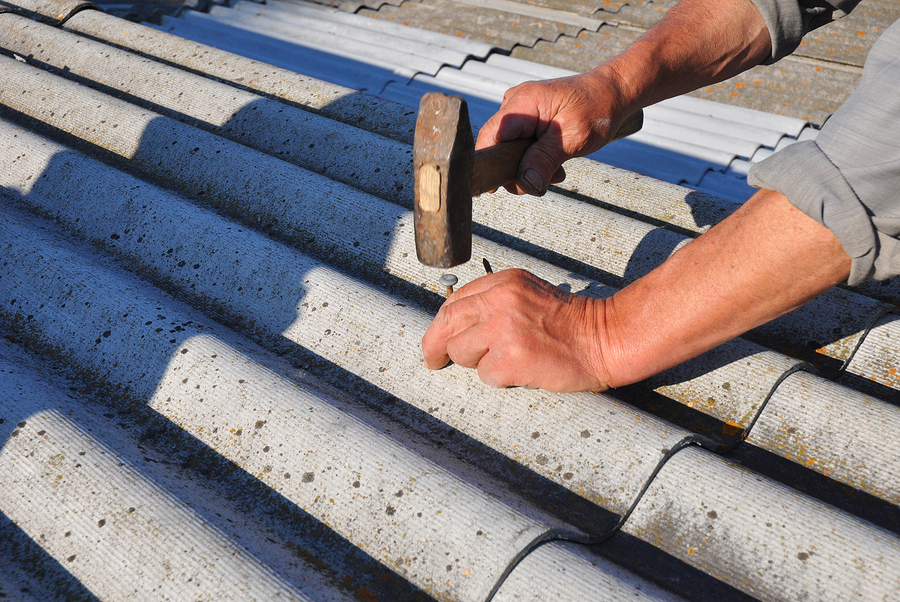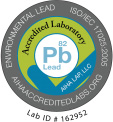 Asbestos is a mineral that can aggravate lung tissues. The naturally occurring mineral has been extensively used in building materials. But later it was found that long-term exposure to the material led to lung cancer. While the United States Environmental Protection Agency (EPA) has banned certain asbestos products such as flooring felt, a number of building and automotive products still contain this deadly material.
Asbestos is a mineral that can aggravate lung tissues. The naturally occurring mineral has been extensively used in building materials. But later it was found that long-term exposure to the material led to lung cancer. While the United States Environmental Protection Agency (EPA) has banned certain asbestos products such as flooring felt, a number of building and automotive products still contain this deadly material.
Taking measures to protect your household from asbestos exposure is important. Here you will find out about the steps you can take to prevent asbestos exposure in your homes.
Asbestos Exposure in Homes
Asbestos-containing products are common in homes that were built before the 1980s. Asbestos are composed of microscopic fibers that when inhaled becomes lodged in the lungs. They do not represent a health risk if they are left intact. However, if the products containing asbestos gets damaged in any way, it can result in the release of asbestos fibers in the air.
Asbestos fibers can form inside the home when you undertake do-it-yourself (DIY) repair or replacement of asbestos products. They can also form when asbestos containing products gets damaged due to exposure to harsh weather conditions.
Keep in mind that no amount of asbestos exposure is safe, according to the Department of Health and Human Services and EPA. Asbestos fibers can’t be destroyed by the body. As a result, asbestos exposure leads to various health complications including lung cancer. So, you should avoid exposure to asbestos at home.
How to Avoid Asbestos Exposure?
You can limit exposure to asbestos by avoiding DIY repair or replacement of asbestos-containing products. In order to avoid the exposure, it’s essential that you know about the building products that may contain asbestos.
Here are some of the materials that when damaged can lead to the release of asbestos fibers in the homes.
- Artificial embers used in gas-fired fireplaces
- Boilers
- Cement piping
- Cement water tanks
- Corrugated sheeting
- Roofing materials including shingles and tiles
- Asbestos vinyl floor tile, sheet flooring, and adhesives
- Insulation in homes built prior to 1930s
- Textured paint used on ceiling joint and walls
- Stove-top pads
- Steam and hot water pipes
- Insulation for coal and oil furnaces
- Soundproofing materials
Consider getting the home inspected by a licensed asbestos abatement company before starting any home renovation projects. The professional staff at the company will take samples of the building products to determine if they contain asbestos. You should never try to take a sample yourself as you can damage the product and release asbestos inside the house.
Professional laboratory testing is also recommended in order to determine whether the asbestos fibers are airborne inside the house. At SanAir Technologies laboratory, we provide expert asbestos testing services. We offer different types of asbestos analysis test including: airborne fiber analysis, bulk asbestos analysis, water analysis, dust analysis, and analysis designed for rocks, soil, and vermiculite. We use state of the art technologies to analyze the sample, and provide quality analytical results with quick turnaround. For more information on asbestos testing, you can contact us today by calling (804) 897-1177.












